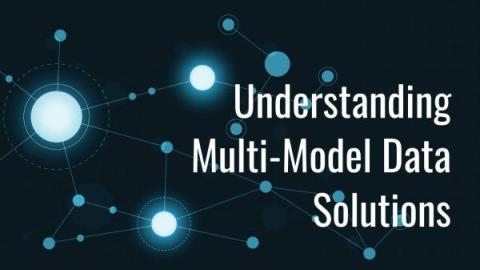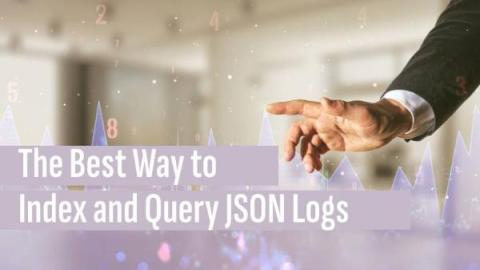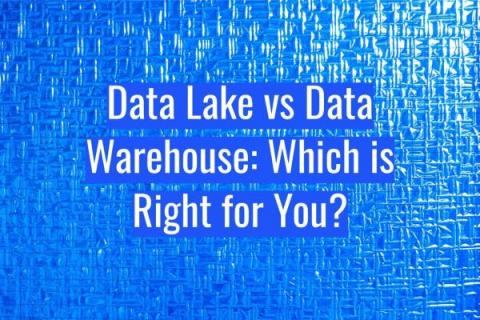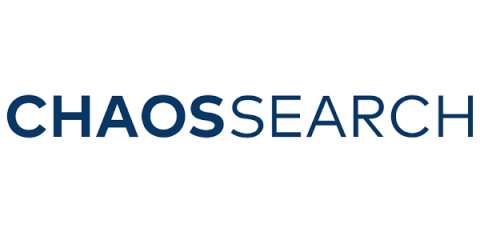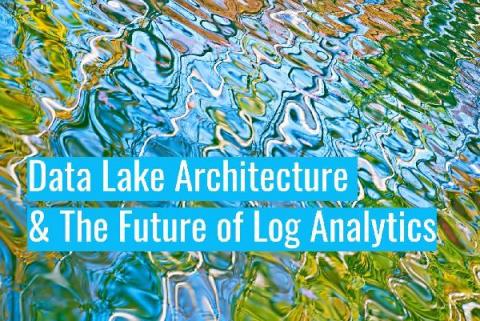A Deep Dive into Multi-Model Databases: Hype vs. Reality
In 2009, as the world became increasingly data-driven, organizations began to accumulate vast amounts of data — a period that would later be characterized as the Big Data revolution. While most organizations were used to handling well-structured data in relational databases, this new data was appearing more and more frequently in semi-structured and unstructured data formats.


